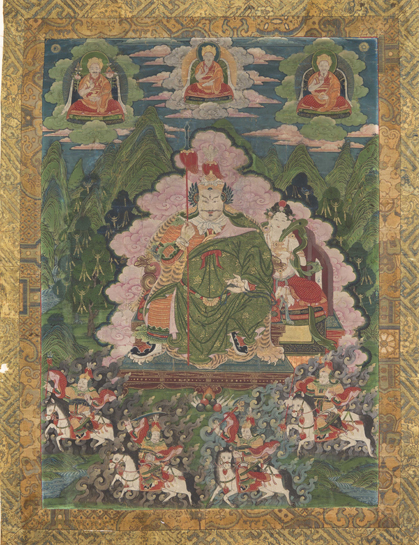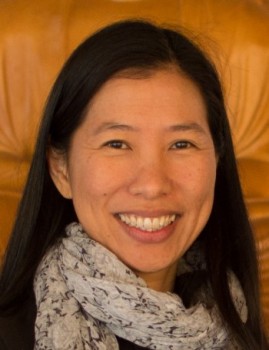
Theme: Power
Now is the moment to stop giving rise to suffering. Chinese general Guan Yu’s actions didn’t always align with Buddhist teachings, but he was still able to attain enlightenment. In this recording, Rebecca Lee discusses how to let go of the past and find freedom from suffering with a meditation practice.
About the Mindfulness Meditation Podcast
The Rubin Museum of Art presents a weekly meditation session led by a prominent meditation teacher from the New York area, with each session focusing on a specific work of art. This podcast is recorded in front of a live audience, and includes an opening talk, a 20-minute sitting session, and a closing discussion. The guided meditation begins at 21:00.
If you would like to attend Mindfulness Meditation sessions in person or learn more, please visit our website at RubinMuseum.org/meditation.
This program is presented in partnership with Sharon Salzberg, the Interdependence Project and Parabola Magazine.


Related Artwork

Guan Yu was a Chinese general of the Three Kingdoms period (220″“280) who was deified to become a focus of popular religion in China. While not popular in mainstream Tibetan Buddhism, he is found in the Mongolian and Manchu pantheons (the Manchus ruled China as the Qing dynasty from 1644 to 1911). The landscape of this painting, with its blue-green layered elliptical forms highlighted in gold lines and its green and pink scrolling cloud forms tipped in white, is typical of Qing period thangkas made in Beijing and Inner Mongolia, where the emperor’s Tibetan Buddhist chaplain Changkya Rolpai Dorje (1717″“1786) oversaw the workshops.
The Manchu state in China encouraged the worship of Guan Yu during the Qing dynasty (1644″“1911). Changkya Rolpai Dorje created a prayer in the Tibetan, Manchu, and Mongolian languages based on a vision he had of Guan Yu as a protector of the dynasty and war god. This association with Changkya is affirmed by his appearance at the top left of this painting. Guan Yu appears at the center as a martial figure. His spear, noose, and white face seem to be borrowed from Tibetan war god imagery. The consort depicted behind him to his left is also not part of his typical Chinese iconography and appears to be another “Tibetanization” of the god.
About the Speaker

Dr. Rebecca Li, a Dharma heir in the lineage of Chan Master Sheng Yen, started practicing meditation in 1995. She began her teacher’s training with Master Sheng Yen in 1999 to become a Dharma and meditation instructor. Later on, she trained with Simon Child to lead intensive retreats and received full Dharma transmission in 2016. Currently, she teaches meditation and Dharma classes, gives public lectures, and leads retreats in North America and the UK. Her talks and writings can be found at www.rebeccali.org. She is the founder and guiding teacher of Chan Dharma Community and a sociology professor at The College of New Jersey, where she also serves as faculty director of the Alan Dawley Center for the Study of Social Justice.
